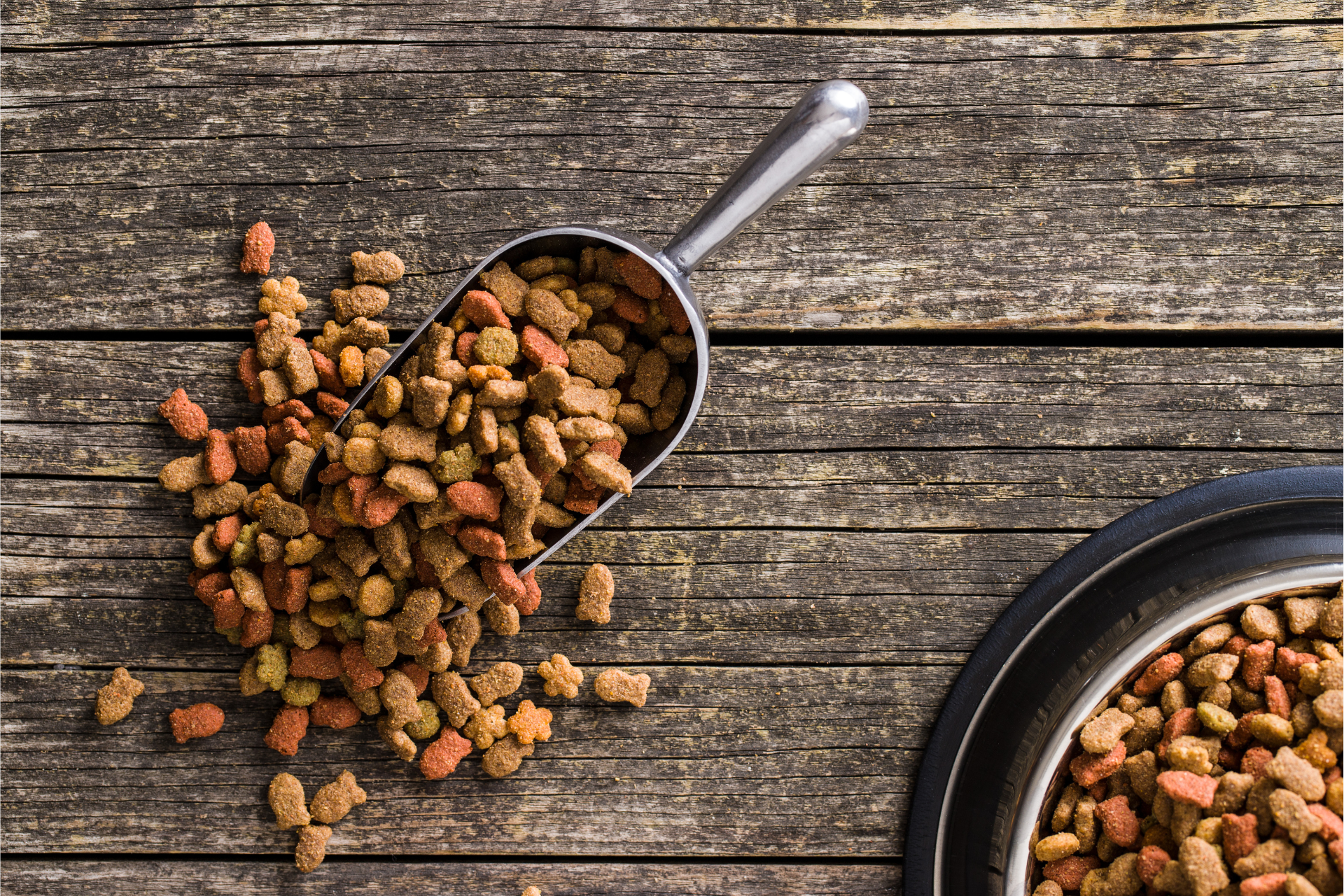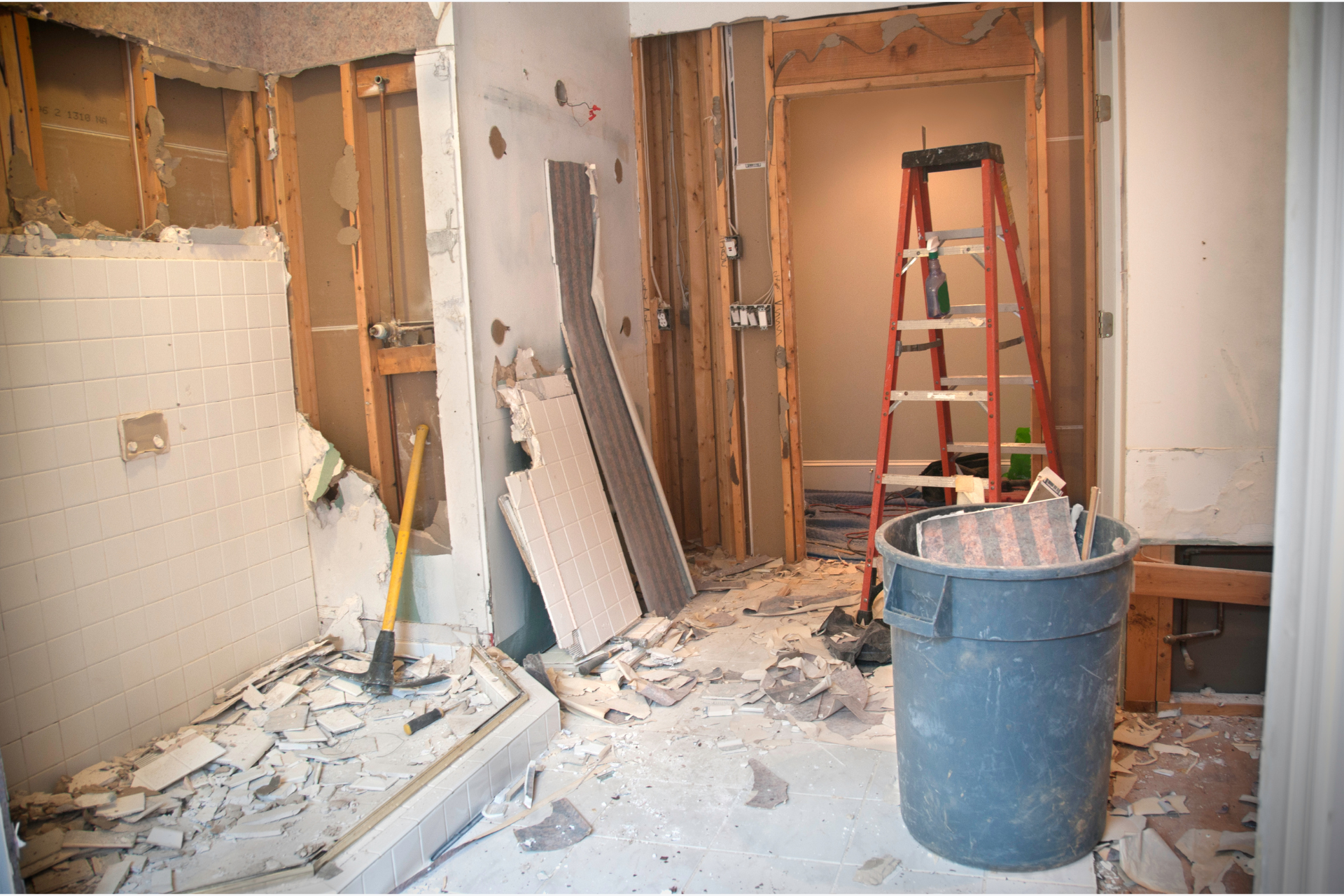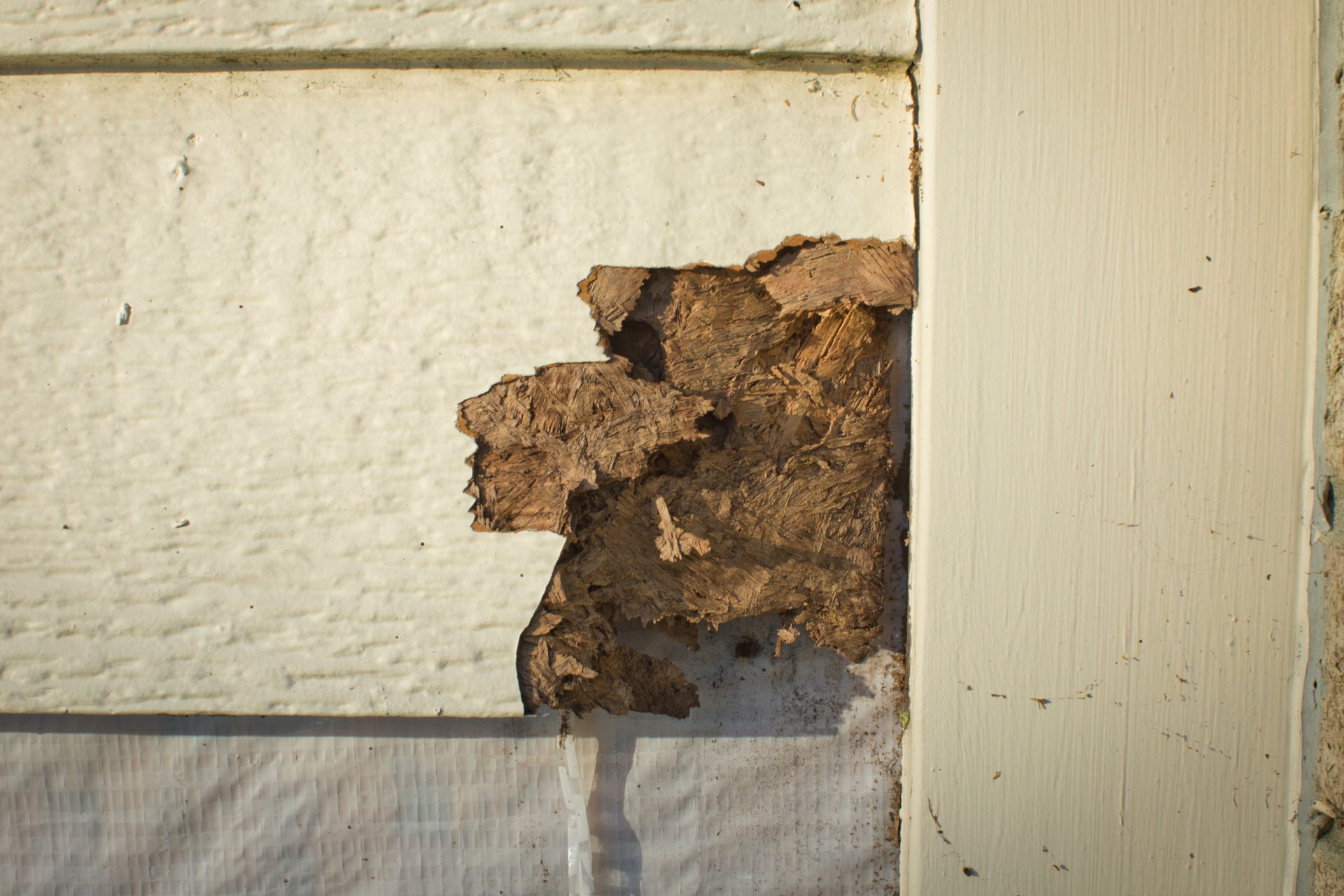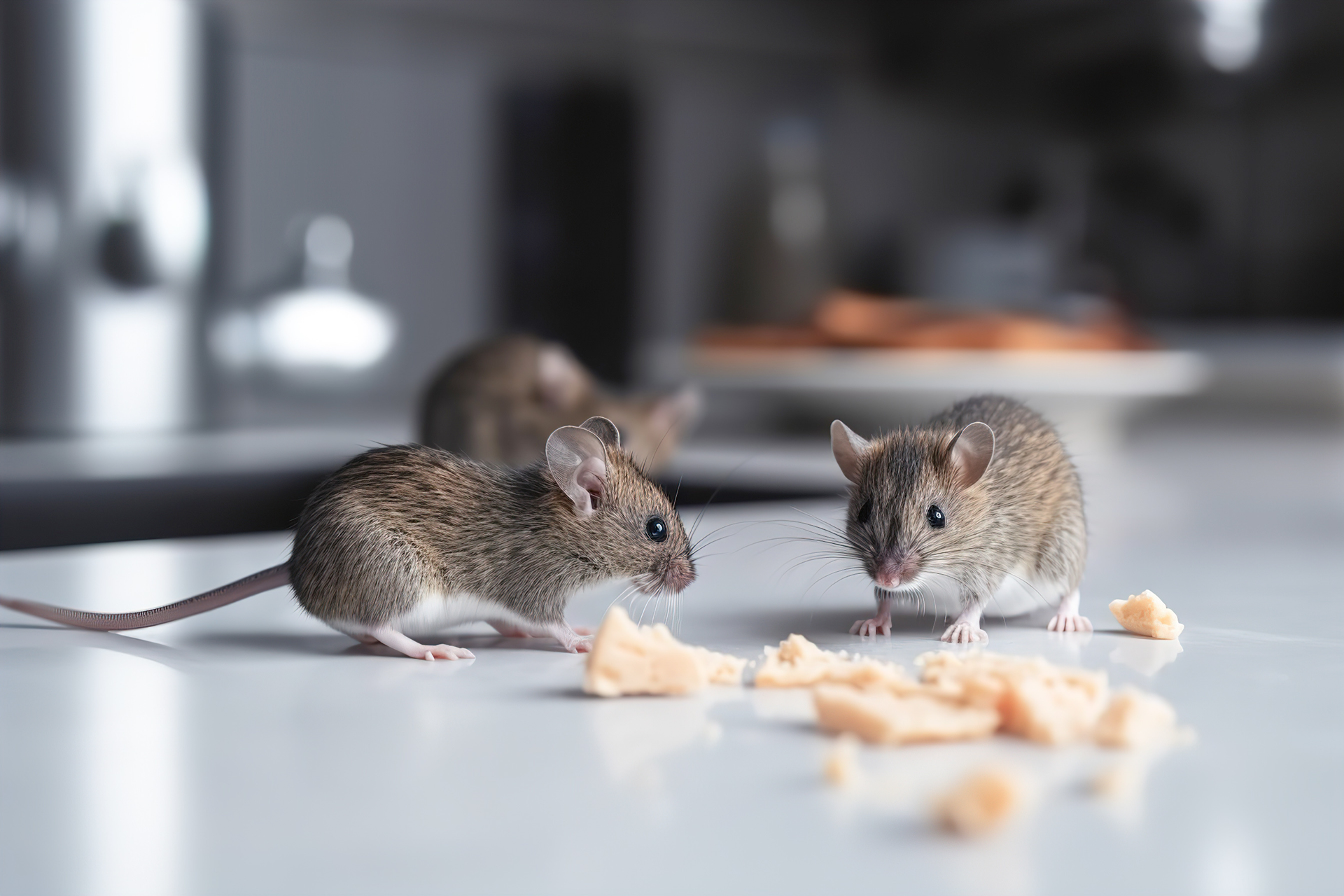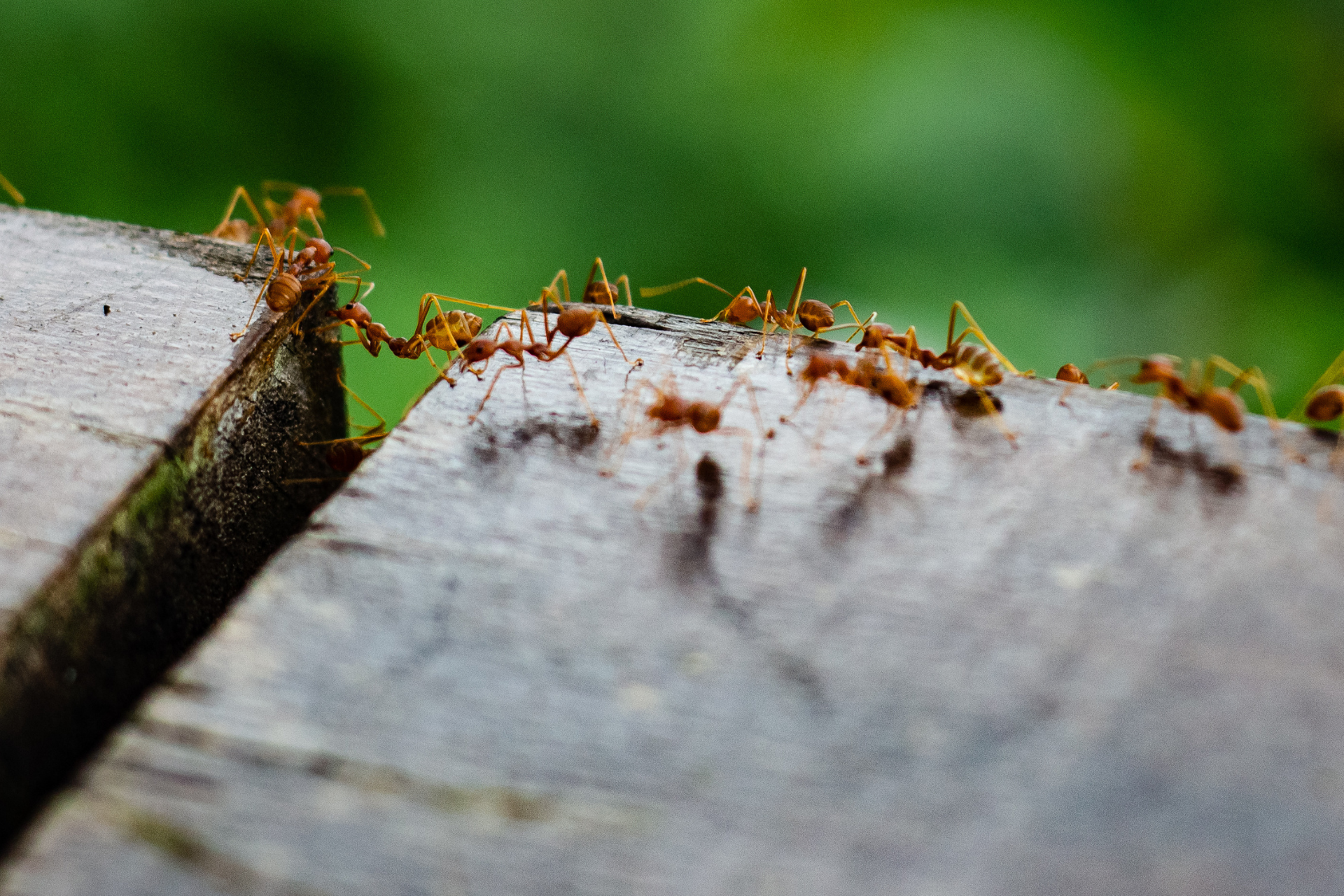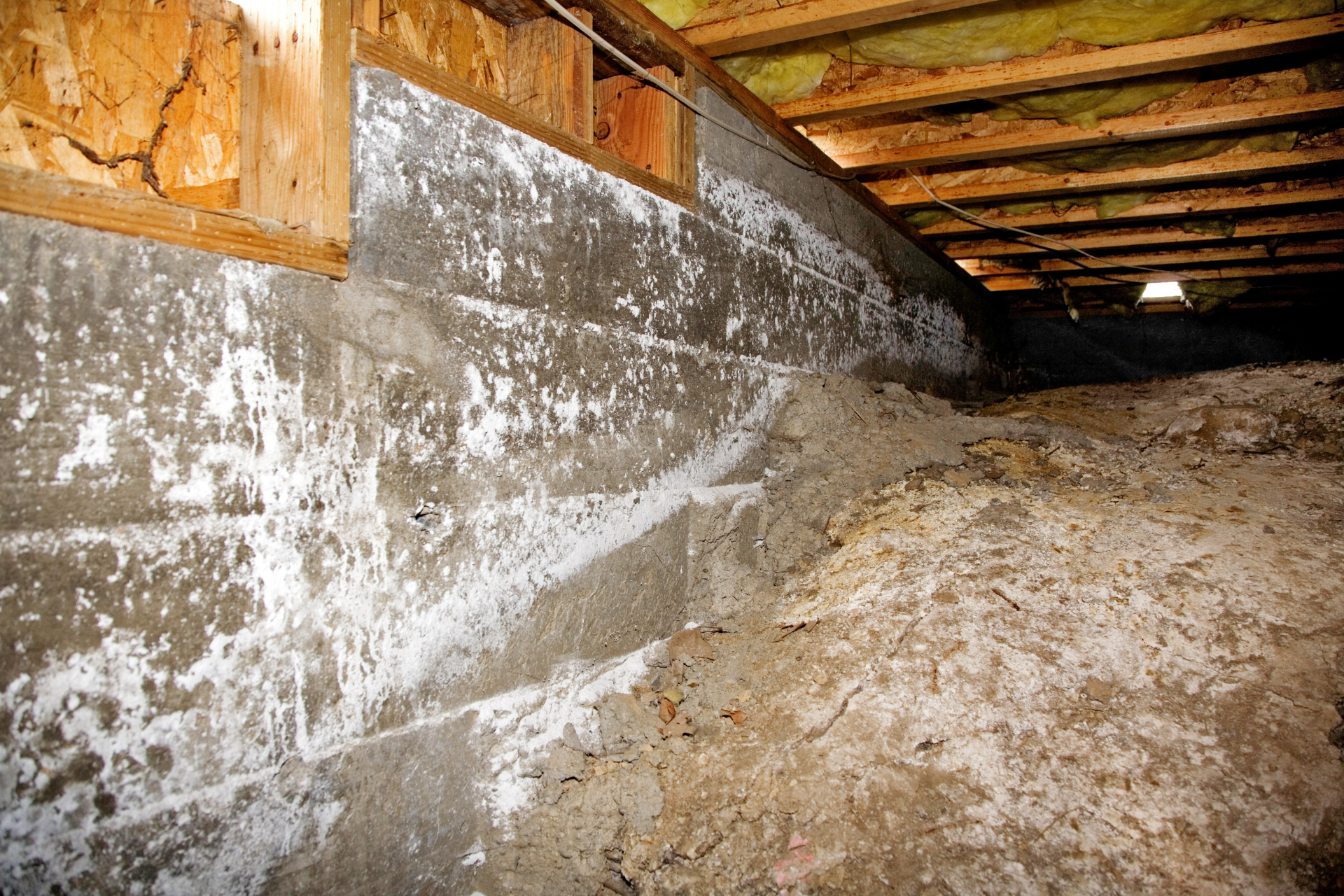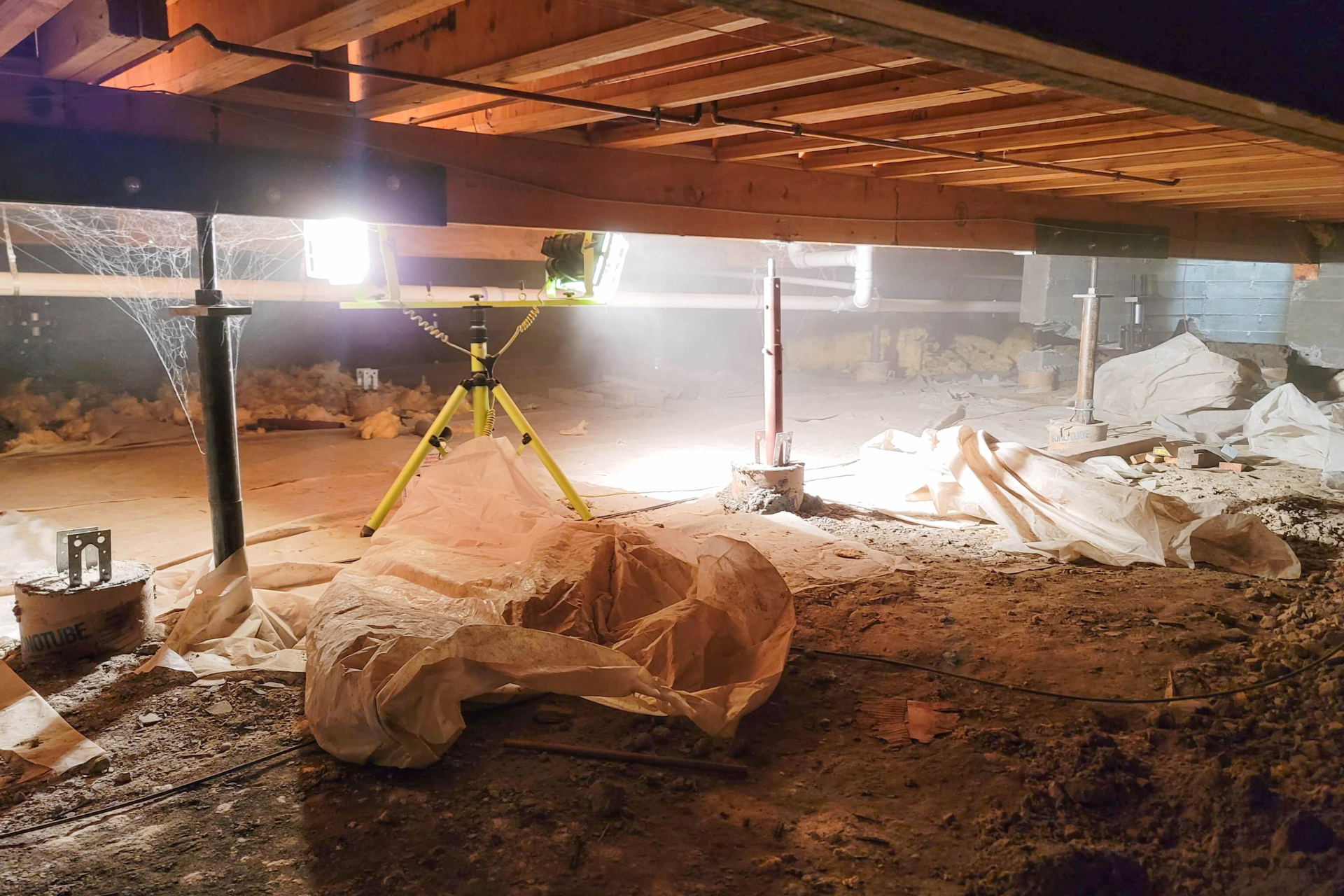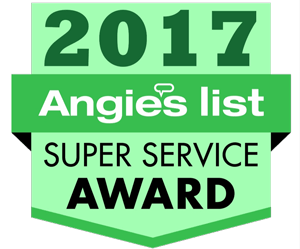How Open Bags And Food Bowls Could Attract Pests
Pet food is an often-overlooked source of attraction for pests. For ants, rodents, roaches, and even larger critters, pet food can be an irresistible draw, especially if it’s accessible, stored improperly, or left unattended. Pet food’s high nutrient content and enticing scent make it a prime target for pests that want easy access to calories. Keeping your pet’s food protected not only ensures the health and happiness of your pet, but it also protects your home from unwanted infestations.
Pet food is designed to be nutrient-rich, containing fats, proteins, and carbohydrates that pests find enticing. Dry kibble is often fortified with flavors and oils that make it smell appealing to animals, both domestic and wild. When pet food is stored in bags or loose bowls, that aroma can spread, signaling a food source to any pests lurking nearby. The same principles apply to wet food, which, because of its high moisture content, can attract pests like flies, ants, and cockroaches almost immediately.
Pets are often fed on a routine schedule, which can create an established food source for pests. Rodents like mice and rats are quick to learn patterns, so if they know your dog or cat’s food bowl is replenished daily, they’ll adjust their schedules accordingly. The pests aren’t just nibbling on the food left behind, either. Rodents, in particular, are skilled at gnawing through packaging if they sense food inside, leading to holes in bags and containers, as well as scattered food crumbs. In addition to being unsightly, this behavior can lead to spoilage, contamination, and even larger infestations if pests are given free rein.
Effective Storage Solutions
To protect your pet’s food from pests, it’s essential to invest in secure storage solutions. The most effective way to keep pests out is to store pet food in a tightly sealed, pest-proof container. Airtight containers made of durable plastic, glass, or metal are ideal since they prevent pests from smelling the food inside, which significantly reduces the chances of attracting insects and rodents. Avoid storing food in thin plastic bags or paper packaging, as many pests can chew through these materials easily. Opt for containers with secure latches or twist-off lids that pests can’t pry open.
Location also plays a role in pest prevention. Avoid storing pet food in areas with high humidity, like basements or near water sources, as damp conditions can attract ants and roaches. It’s best to store pet food in a cool, dry place, ideally elevated and off the floor. If possible, keep food in a pantry or cabinet where it is less accessible to wandering pests.
Clean Feeding Areas Regularly
Feeding areas should be cleaned regularly to minimize crumbs and food residue that can attract pests. After feeding your pet, inspect the area for leftover kibble or spilled wet food, and promptly clean up any messes. Crumbs and small pieces of kibble, if left on the floor or around the food bowl, can attract ants, cockroaches, and other small pests.
For homes with multiple pets or outdoor feeding stations, it’s essential to be even more vigilant. Outdoor feeding stations can attract larger pests like raccoons and opossums, which can carry diseases and pose a threat to pets. Bring outdoor food bowls inside after meals, especially at night when nocturnal pests are most active. Additionally, if possible, schedule feeding times instead of leaving food out all day, which reduces the window of opportunity for pests to find and access the food.
Pet Food, Containers, And Bowls
Even empty pet food bags and cans can pose a risk if not disposed of properly. Pet food packaging often retains enough residue to attract pests, so simply tossing it in the trash may still leave an appealing scent. Rinse out empty cans thoroughly before recycling, and crush or rinse bags if they have leftover crumbs. For added security, consider placing used bags and cans in an outside trash bin with a secure lid to prevent pests from getting to them.
For kibble bags that need to be disposed of indoors, use a trash can with a secure lid and take the trash out regularly to reduce the risk of pests finding and smelling leftover food residue. Keeping trash cans clean and using liners can further prevent food odors from spreading, making your home less appealing to pests.
In addition to storing pet food securely, it’s essential to maintain the cleanliness of pet bowls. Ants, roaches, and flies are attracted to food and water sources, so allowing bowls to sit out without cleaning them can lead to infestations. Each time you refill your pet’s food or water, wash and dry the bowls to remove any lingering food particles or moisture that may draw pests.
For homes in areas prone to pest activity, consider using a raised food bowl station. Elevated feeding stations make it harder for ants and other crawling insects to access the food. Some homeowners even use water moat systems around food dishes, which prevent crawling insects from reaching the bowl. Water moats can be easily set up with a shallow dish filled with water around the pet bowl, creating a barrier that pests can’t cross.
Pet Feeding Areas
It’s essential to remain vigilant and monitor pet feeding areas for signs of pests. Ant trails, small chew marks on food containers, or droppings near feeding stations are all indicators that pests may be present. Early detection allows for faster intervention, reducing the risk of a full-blown infestation. Conduct regular checks, especially in hidden or seldom-used areas where rodents or insects might establish nests or entry points.
If you find that pests are frequently drawn to your pet’s food, it may be time to inspect your home for entry points. Look for cracks in walls, gaps under doors, and holes in screens, as these are common ways pests enter homes. By sealing off these entry points, you can further reduce the chances of pests being drawn to your pet’s food source.
Sealing Entry Points And Minimizing Odors
Sealing entry points is a fundamental step in preventing pests from accessing your pet’s food. Mice can squeeze through openings as small as a dime, and ants need even less space to enter. Inspect your home for any cracks or gaps along the foundation, windows, and doors. Caulking and weatherstripping are effective for closing gaps, while mesh screens can be installed over vents and larger openings.
Rodents are particularly adept at chewing through materials, so for homes in areas with high rodent activity, consider using steel wool or metal mesh in addition to caulking to block any potential entrances. By securing your home from the outside in, you create an additional layer of protection, keeping both your home and pet’s food free from pests.
Reducing odors from pet food can also play a significant role in pest prevention. The smell of pet food is often what initially attracts pests, so limiting the aroma helps keep unwanted visitors away. Avoid leaving pet food bowls full overnight, as scents can spread in the quiet hours when pests are most active. For homes that store large amounts of kibble, consider adding a bay leaf or two to storage containers. Bay leaves act as a natural repellent for many pests, especially insects, and can help to keep stored pet food fresh.
While following these practices can reduce the risk of pests, infestations can still occur, especially if nearby food and water sources are readily accessible. At Ease Pest Solutions specializes in helping homeowners keep their spaces pest-free, even in areas prone to infestations. Our experts provide thorough inspections, pinpointing vulnerable areas and implementing targeted pest control strategies to protect your home and pet’s food.
For anyone dealing with persistent pest issues or wanting to prevent infestations, At Ease Pest Solutions is here to help. Our team can offer tailored advice and effective pest management solutions, allowing you to keep your home safe and your pet’s feeding area pest-free. Contact At Ease Pest Solutions today to learn more about our professional pest prevention services.
Troutman Branch
694 South Main Street
Troutman, NC 28166
704.761.9697
